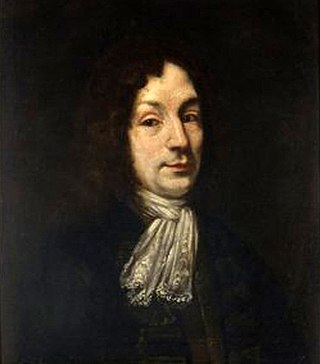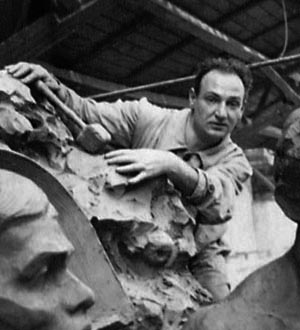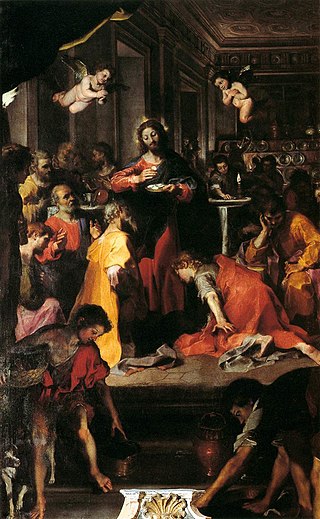
Francesco Guccini is an Italian singer, songwriter, actor, and writer. During the five decades of his music career he has recorded 16 studio albums and collections, and 6 live albums. He is also a writer, having published autobiographic and noir novels, and a comics writer. Guccini also worked as actor, soundtrack composer, lexicographer and dialectologist.

A chondrite is a stony (non-metallic) meteorite that has not been modified, by either melting or differentiation of the parent body. They are formed when various types of dust and small grains in the early Solar System accreted to form primitive asteroids. Some such bodies that are captured in the planet's gravity well become the most common type of meteorite by arriving on a trajectory toward the planet's surface. Estimates for their contribution to the total meteorite population vary between 85.7% and 86.2%.

Cento is a town and comune in the province of Ferrara, Emilia-Romagna, Italy.

The following discography contains information regarding some of the published recordings by Enrico Caruso made from 1902 through 1920 as have been made available in selected compact disc compilations.

Valeria Moriconi was an Italian actress who appeared both in movies and on stage.

Alberto Malesani is an Italian football manager and former player. As a manager, he is mostly remembered for his successful spell with Parma during the late 1990s, with whom they won the Coppa Italia, the UEFA Cup, and the Supercoppa Italiana.

Aldo Fabrizi was an Italian actor, director, screenwriter and comedian, best known for the role of the heroic priest in Roberto Rossellini's Rome, Open City and as partner of Totò in a number of successful comedies.

The Diocese of Cerignola-Ascoli Satriano is a Latin diocese of the Catholic Church in Apulia. It has existed under this name since 1986. Its bishop has been a suffragan of the Archbishop of Foggia-Bovino since 1979.

The phrase Leopardian poetics refers to the poetical theories of Giacomo Leopardi.
Angelo Berardi was an Italian music theorist and composer.

Carlo Taranto was an Italian film actor. He appeared in 50 films between 1949 and 1984.

Blood Feud is a 1978 thriller film directed by Lina Wertmüller. The film's full name is Un fatto di sangue nel comune di Siculiana fra due uomini per causa di una vedova. Si sospettano moventi politici. Amore-Morte-Shimmy. Lugano belle. Tarantelle. Tarallucci e vino.. The film received a Guinness World Record for the film with the longest title.
Bolognese is a dialect of Emilian spoken in the most part in the city of Bologna and its hinterland, but also in the district of Castelfranco Emilia in the province of Modena, and in the towns of Sambuca Pistoiese (Tuscany), Cento, Sant'Agostino, and Poggio Renatico.

Luca Antonio Predieri was an Italian composer and violinist. A member of a prominent family of musicians, Predieri was born in Bologna and was active there from 1704. In 1737 he moved to Vienna, eventually becoming Kapellmeister to the imperial Habsburg court in 1741, a post he held for ten years. In 1765 he returned to his native city where he died two years later at the age of 78. A prolific opera composer, he was also known for his sacred music and oratorios. Although his operas were largely forgotten by the end of his own lifetime and most of their scores lost, individual arias as well some of his sacred music are still performed and recorded.

Giannino Castiglioni was an Italian sculptor and medallist. He worked mostly in monumental and funerary sculpture; his style was representational, and far from the modernist and avant-garde trends of the early twentieth century.

Pierfrancesco Diliberto, nicknamed Pif, is an Italian television host, film director, actor and writer.

Carlo Caproli or Caprioli, also called Carlo del Violino, was an Italian violinist, organist, and a leading composer of cantatas in mid-17th-century Italy.

The Communion of the Apostles, or Institution of the Eucharist is a painting of the Last Supper by Federico Barocci located at Santa Maria sopra Minerva in Rome. It was commissioned for the family chapel of Pope Clement VIII Aldobrandini and completed between 1603 and 1608.

The Albertoni Spinola Palace, with entrances in Campitelli square n. 2, Capizucchi square and vicolo Capizucchi is located in the 10th District. It was projected and executed by Giacomo Della Porta and Girolamo Rainaldi around the end of 16th century and the first years of 17th century.

Mineralogical Collection "Luigi Bombicci Museum" is a mineralogy and natural history museum, situated in Bologna, Italy, near Porta San Donato.






















